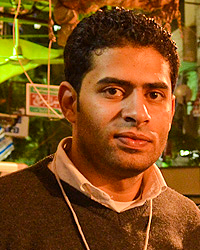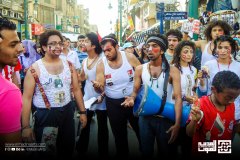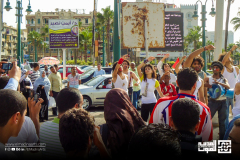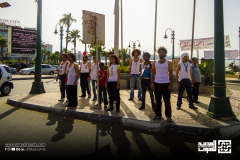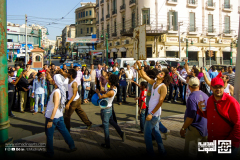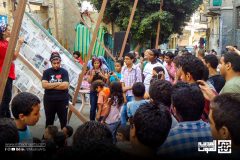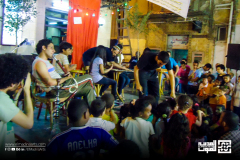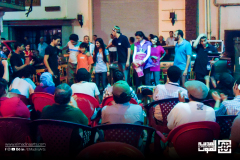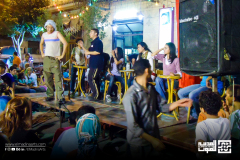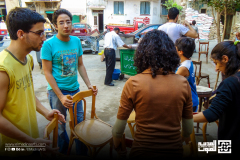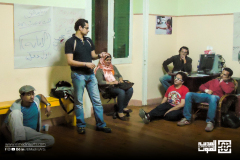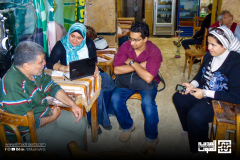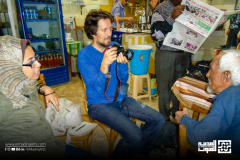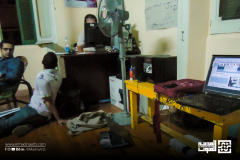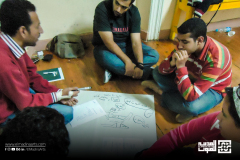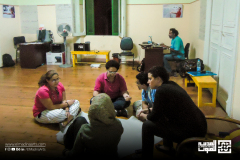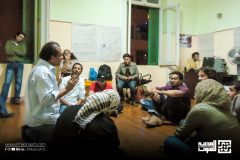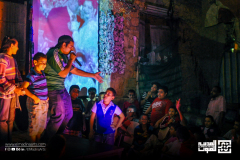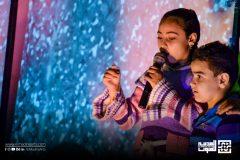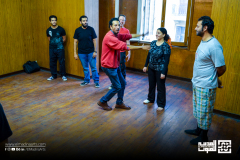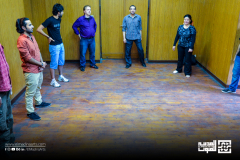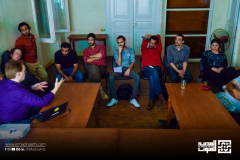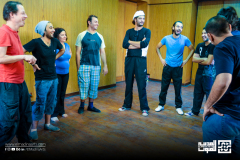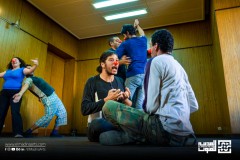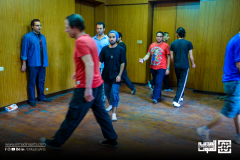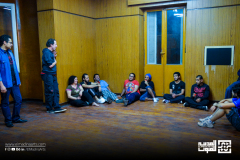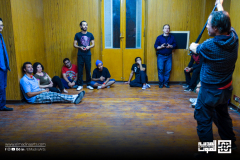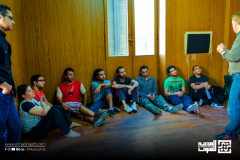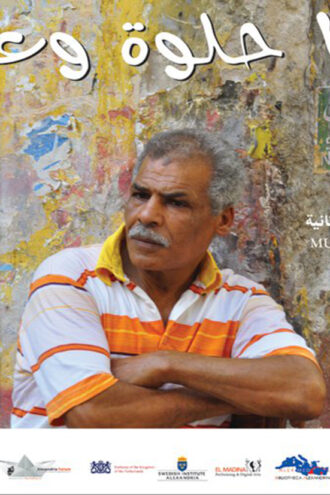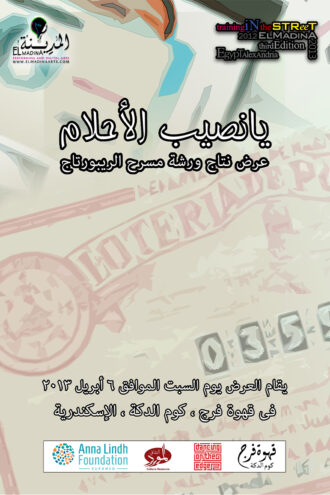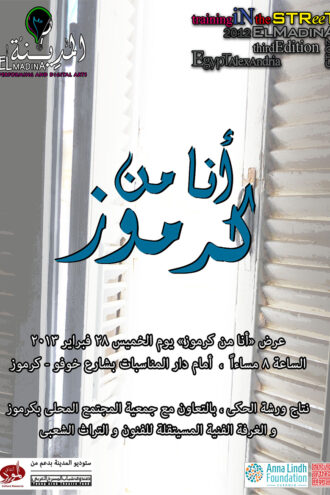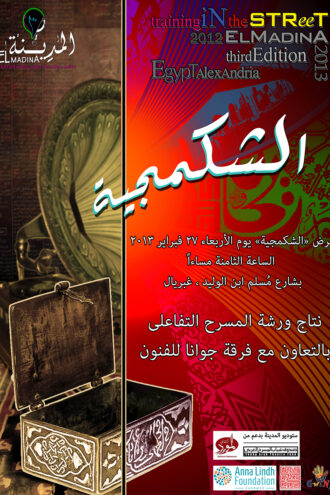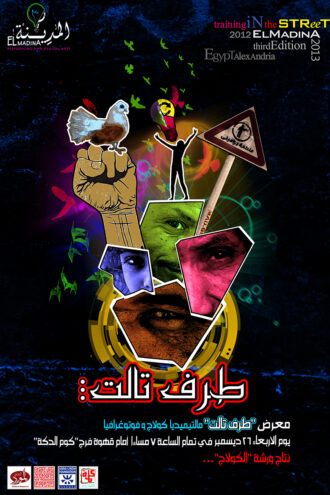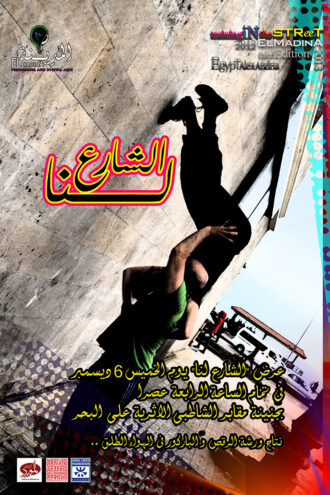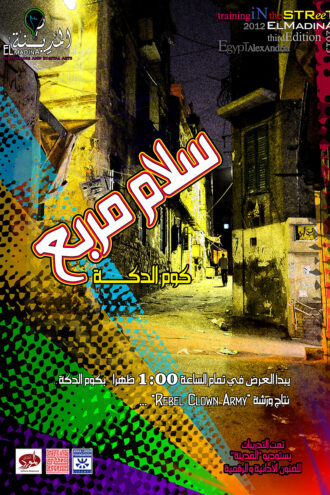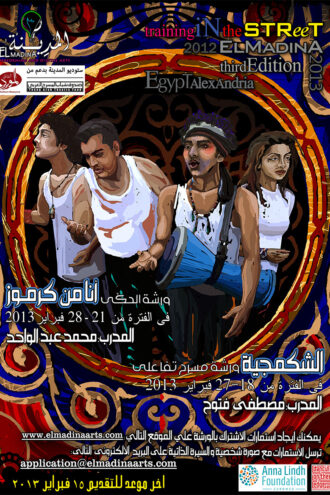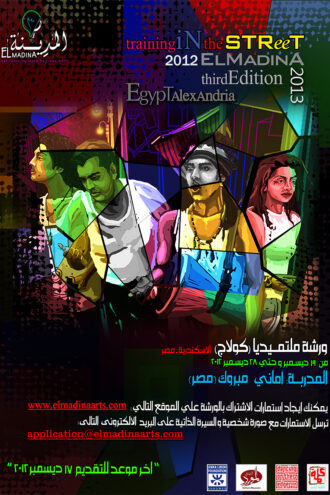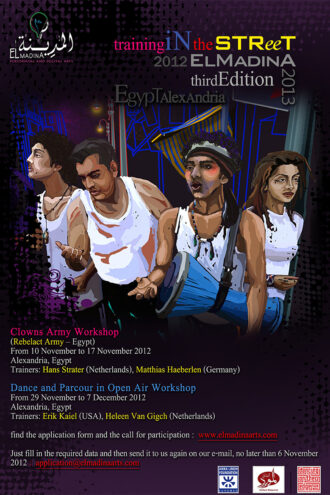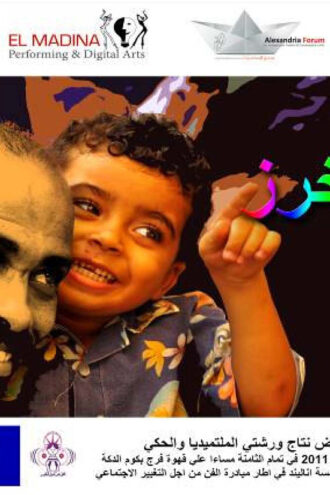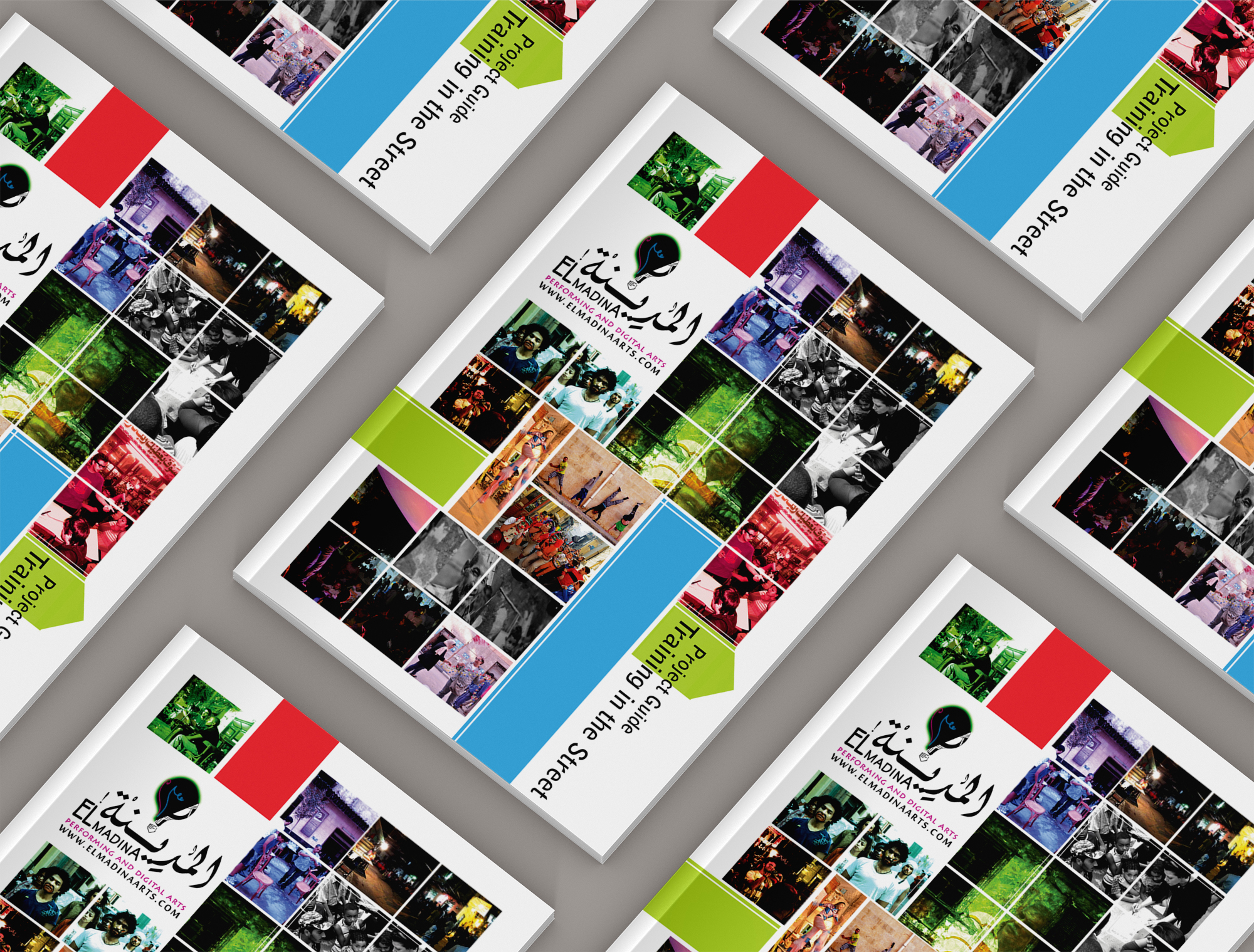BACKGROUND
After the January Revolution in Egypt, artists wanted to go down the street. But most of them didn’t have perceptions of what’s right for the arts on the street. They were also confused in the choices of topics to be raised. Not knowing what was allowed and what was forbidden in street’s culture. That’s why we proposed a new strategy to get art into the street, it’s known as TRAINING IN THE STREET
What Training in The Street is about?
Training in The Street fostered the idea of creating art in the low-income areas which have no cultural facilities. Thus, allowing the residents to become partners in the artistic industry. Starting from choosing the topic to be tackled in the performance, encouraging the residents to participate in the training. In addition to advocating for the performance itself and the technical and logistical support for the its location, and they even take a part in performing.
People, particularly youth in low-income areas saw how artists work, how they train, and how they plan for the artwork. This has completely changed their view of art and culture. They never thought how much it takes to produce an artwork. They couldn’t imagine how difficult it was for artists to work. At the same time artists understood that art and culture aren’t only made by experts, but that ordinary people can participate in the production of art and culture in some way. They also learned how to apply this in their lives to strive for the best.
OUTCOME
From Egypt, North Africa, Europe and the United States all participated in the activities.
From the population of low income areas that we worked within. Training in the street has become an important practice of cultural and artistic work with society.
Selected performances and activities from the three editions
Testimonials
COMMENTS FROM THE RESIDENTS’ AND PARTICIPANTS
Trainers of The Project
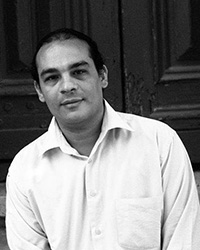
Ahmed Saleh
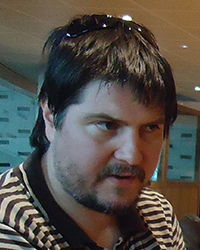
Alexandre Cubizolles
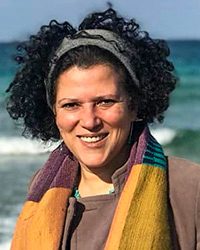
Aliaa El Graedy
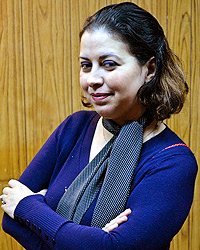
Amany Mabrouk
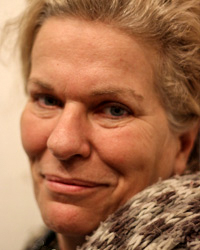
Annet Hanneman
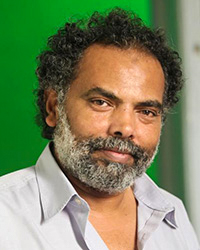
Emad El Farouk
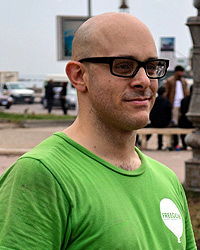
Erik Kaiel
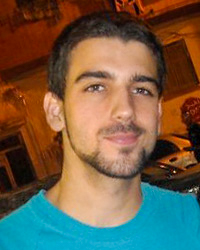
Francisco Cabezudo
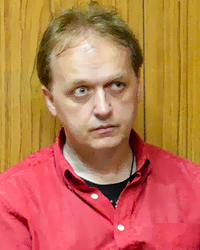
Hans Strater
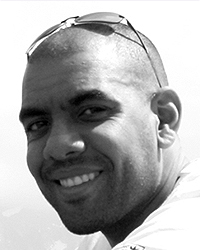
Hatem Hassan
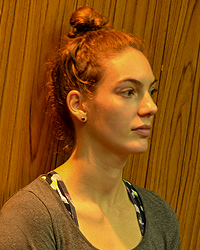
Heleen van Gigch
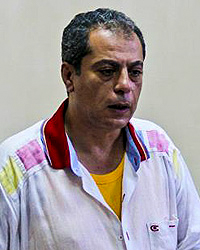
Hossam El Azazy

Khaled Raouf
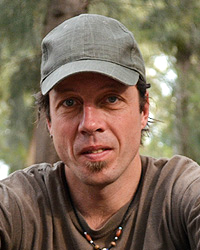
Matthias Haeberlen
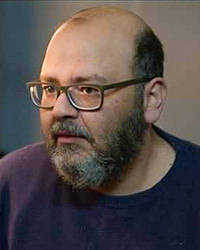
Mohamed Abdelfattah
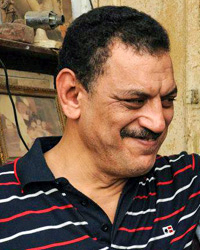
Mohamed Abd El Wahed
